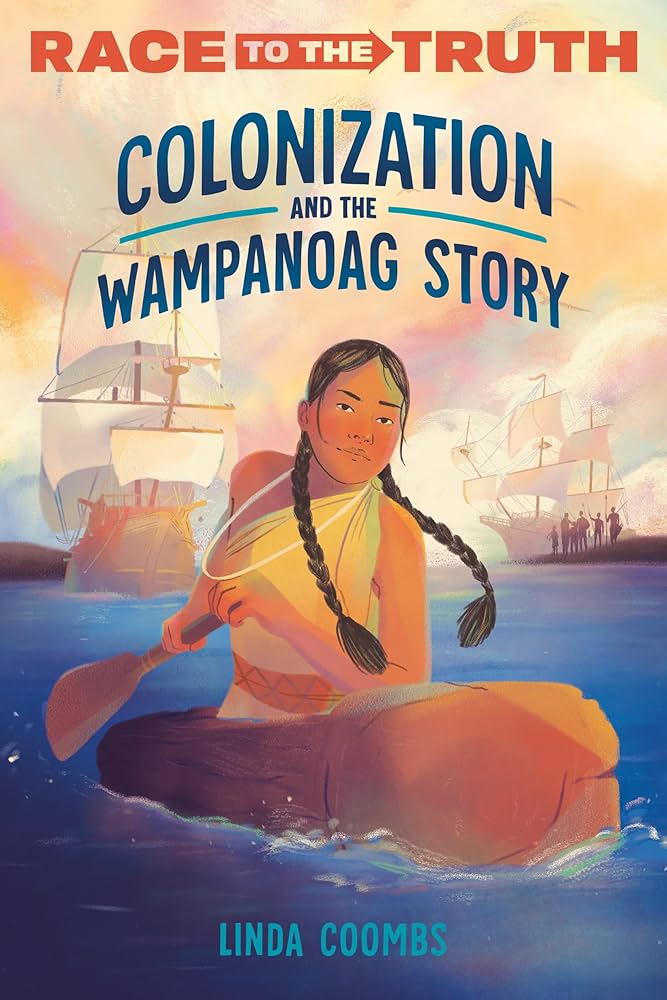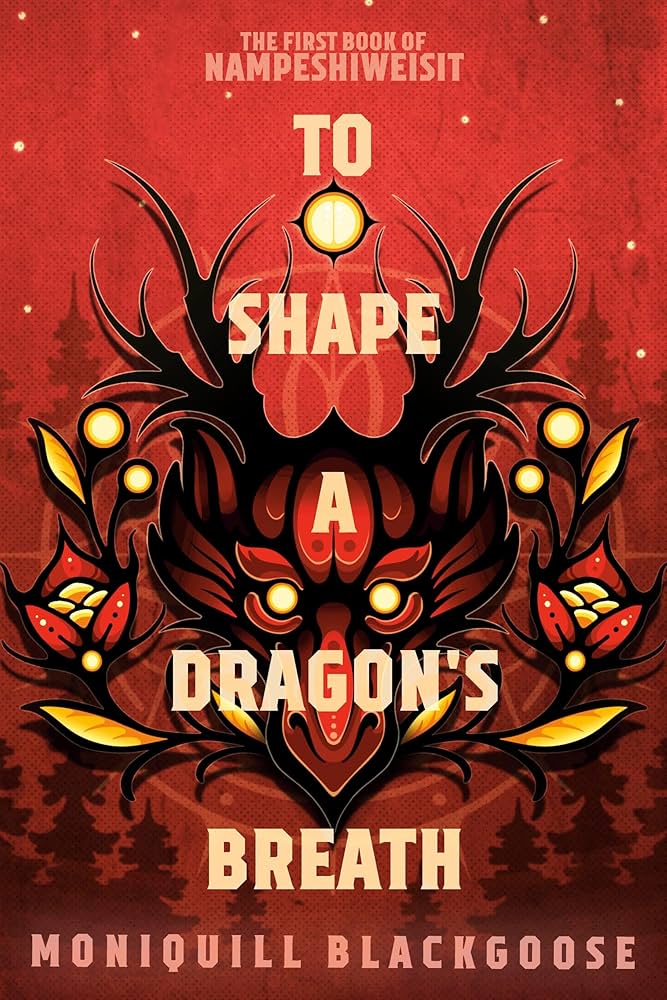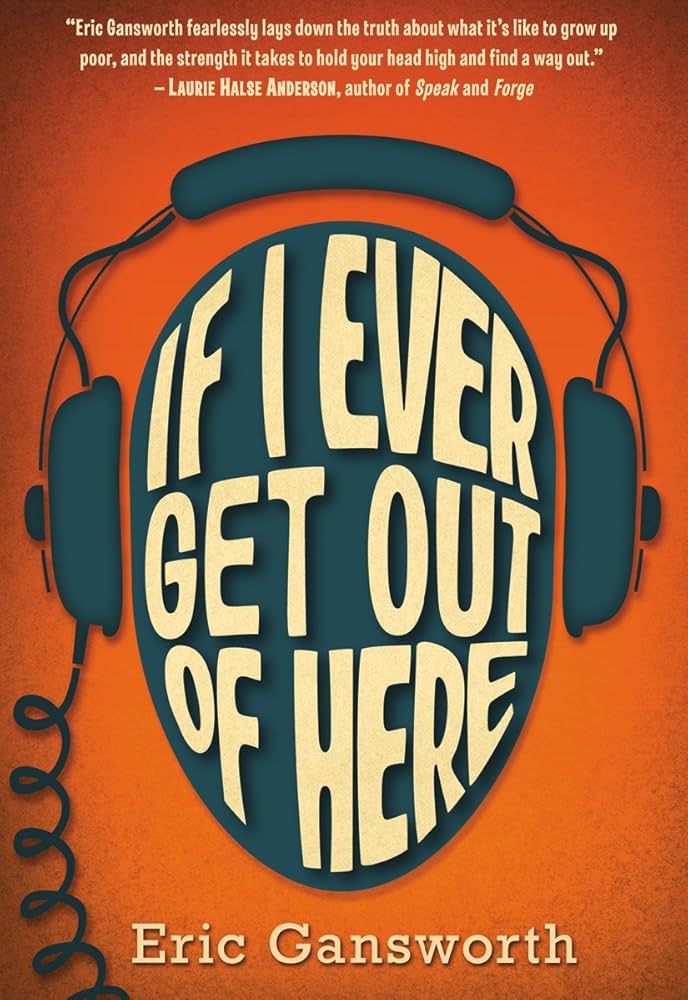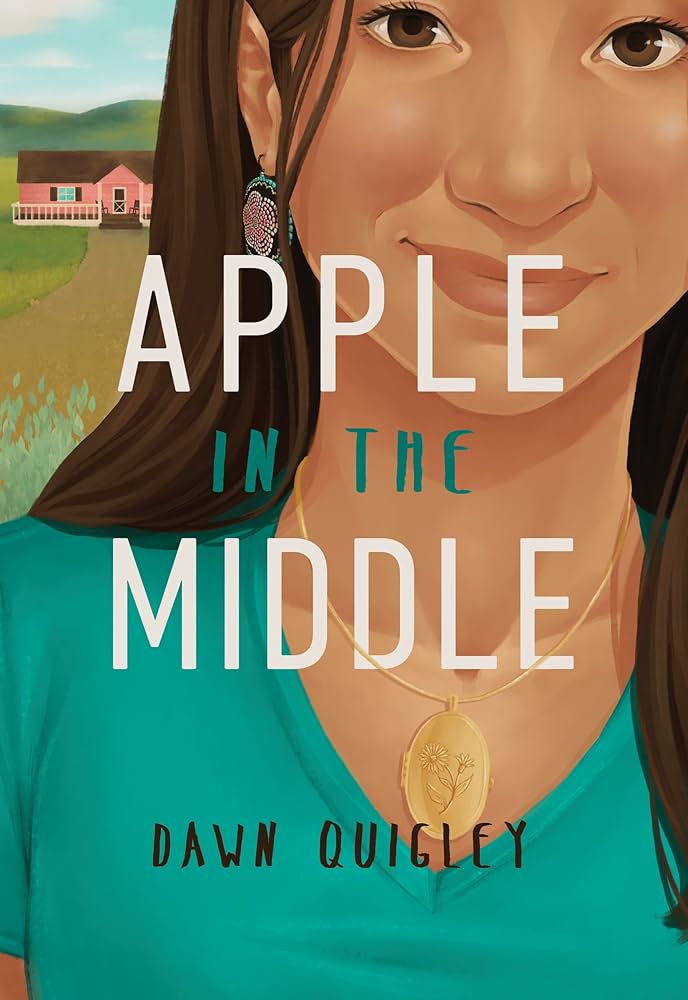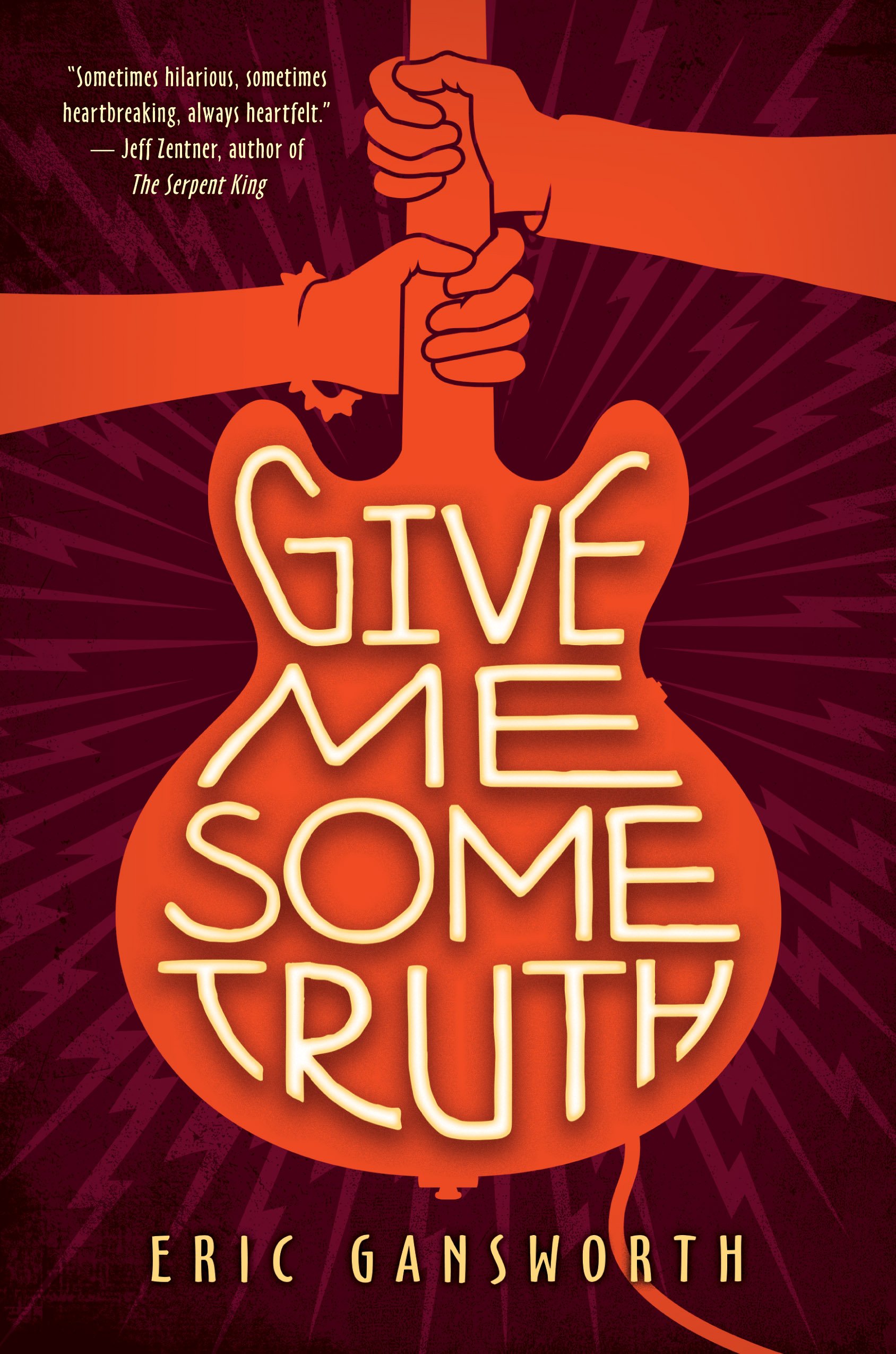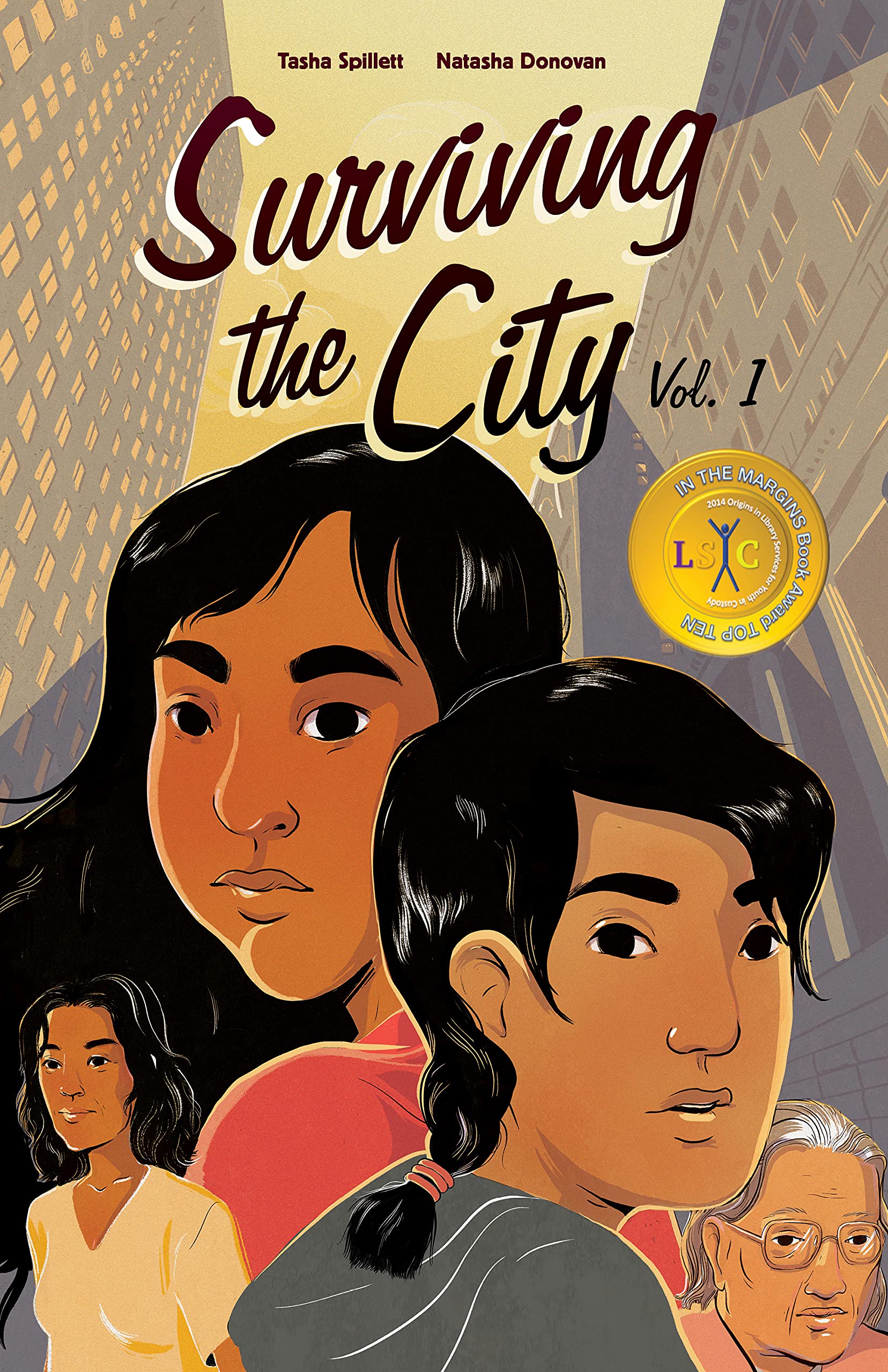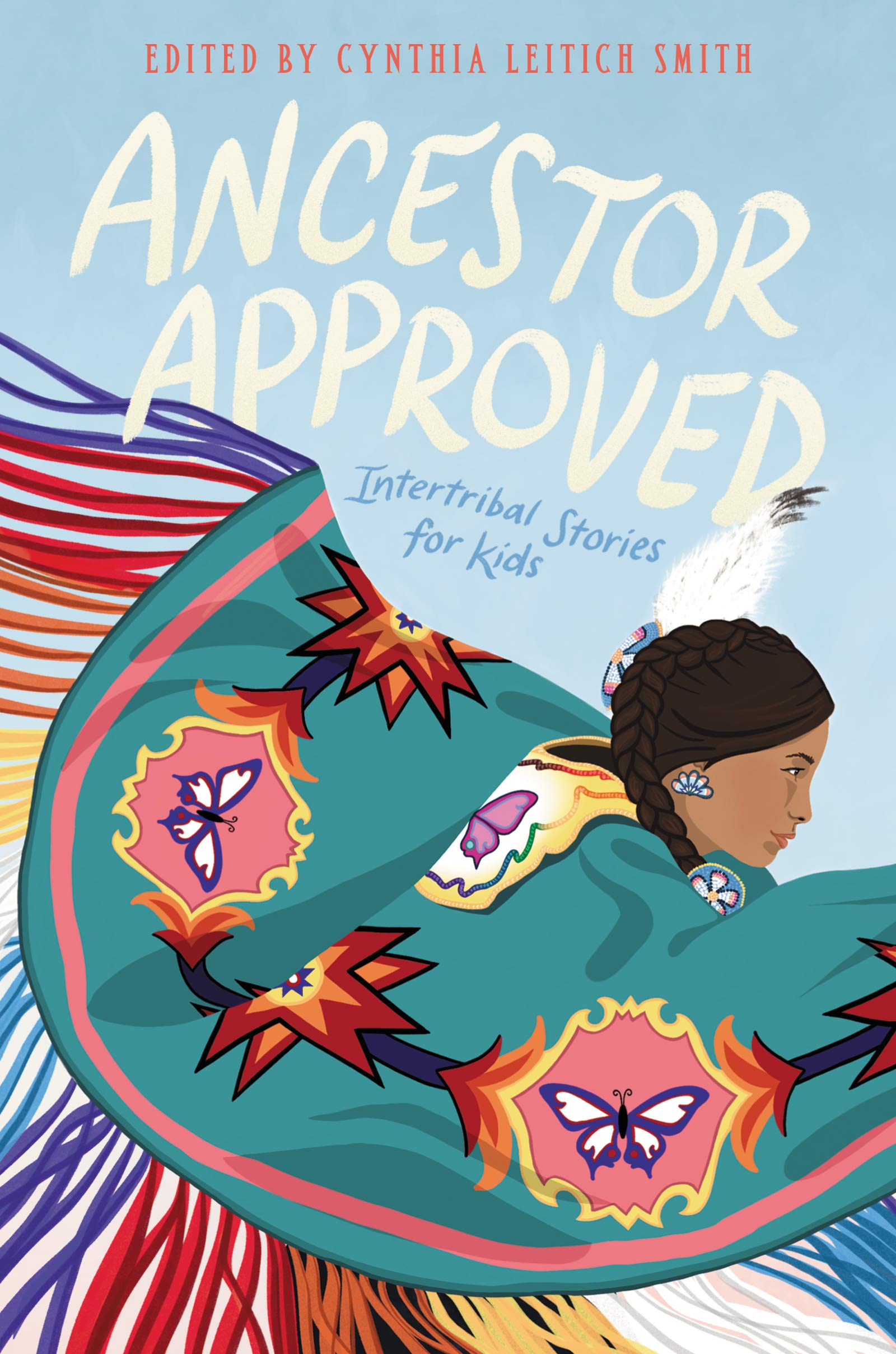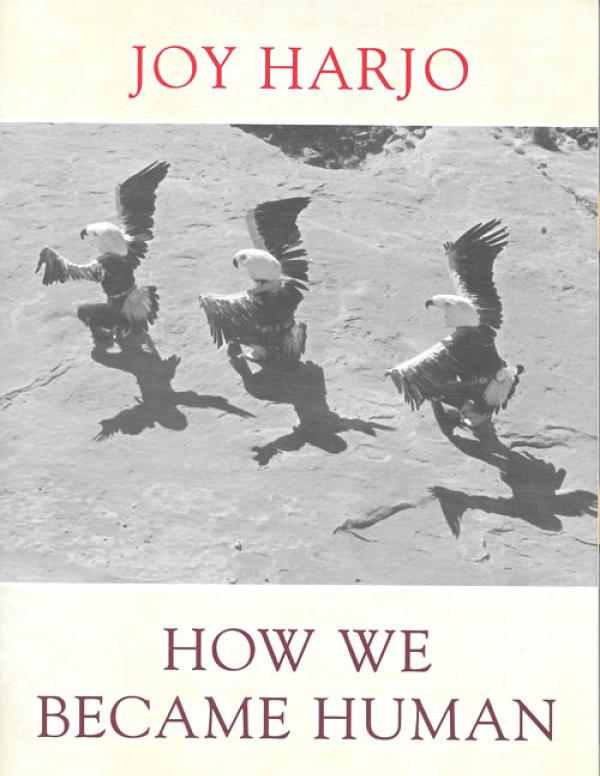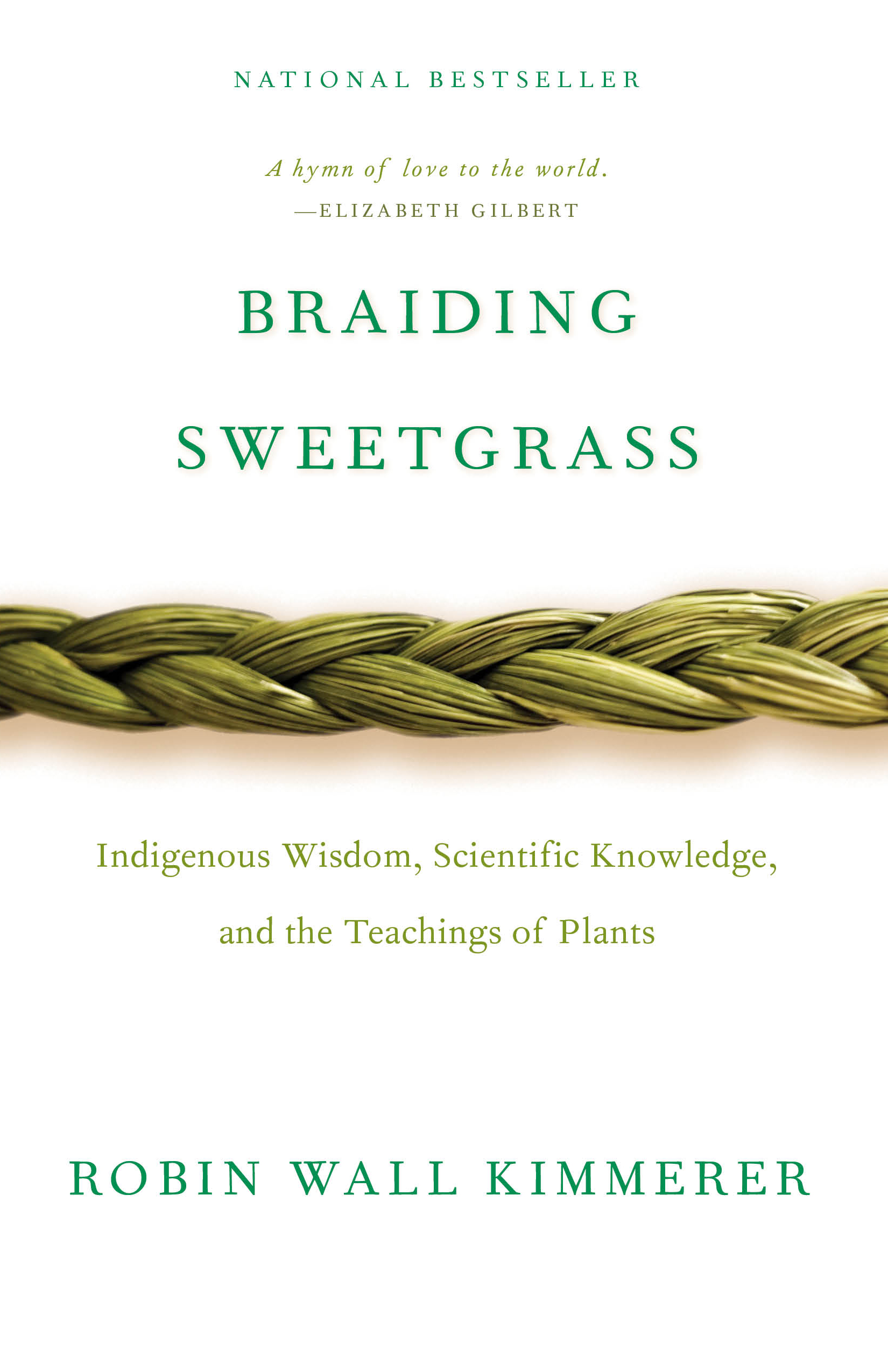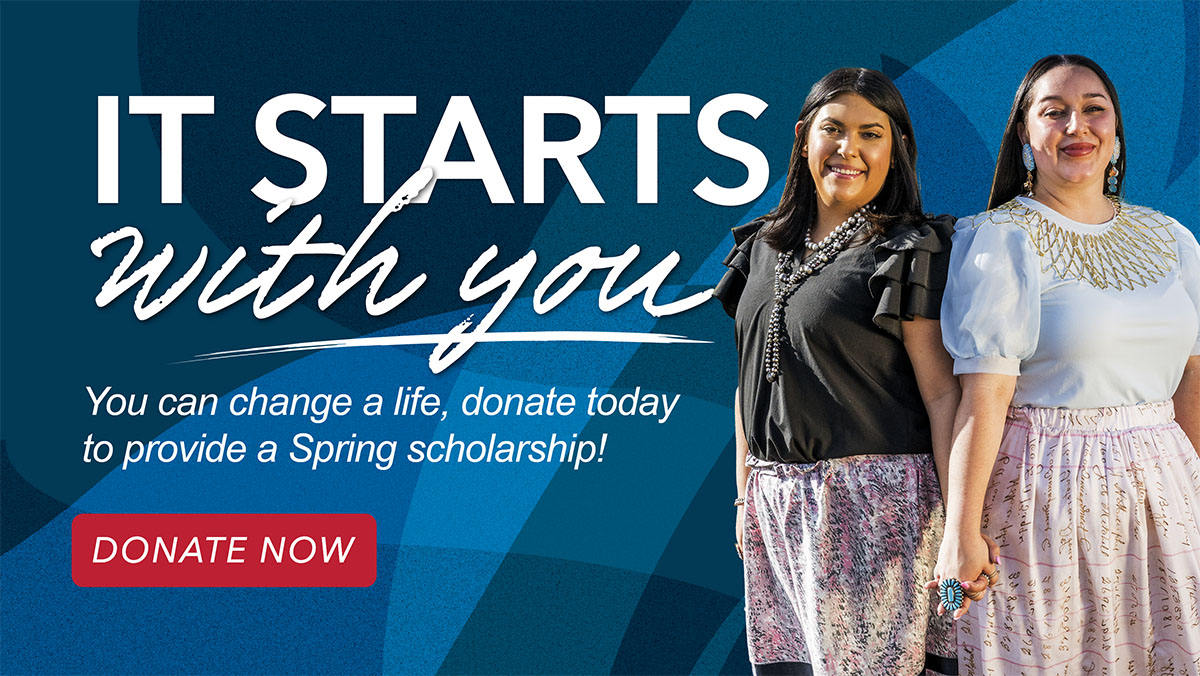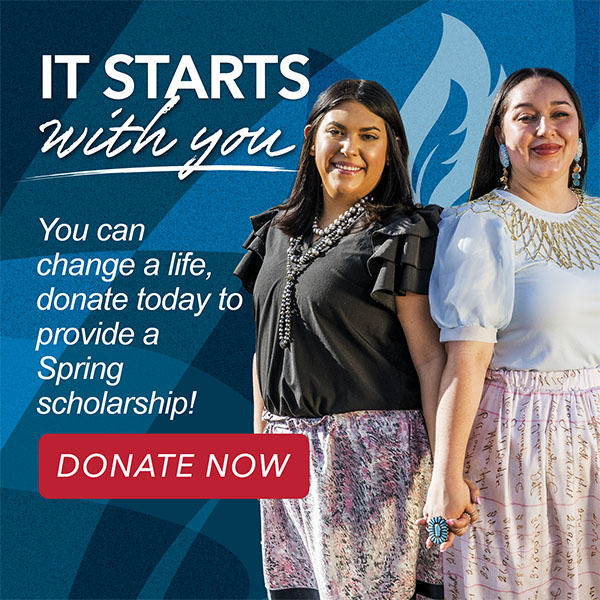
Read

Can you believe that fewer than 1% of Native stories are written by Native Authors?
For many Native people, storytelling is how knowledge is shared and passed on through generations. It is how we have learned about and protected our culture and heritage. It is how we have developed our voice and shaped our identity.
Below, we have books suitable for all age groups that facilitate a deeper understanding of Native culture and spark a sense of wonder.
Your Title Goes Here
Your content goes here. Edit or remove this text inline or in the module Content settings. You can also style every aspect of this content in the module Design settings and even apply custom CSS to this text in the module Advanced settings.
While discovering these authors, consider supporting Native-owned bookstores or going to your local library.
Native-Owned Bookstores
- Libelula Books and Co. (San Diego, CA)
- Red Planet Comics (Albuquerque, NM)
- Nā Mea Hawaiʻi (Honolulu, HI)
- Native Books (Honolulu, HI)
- Books & Burrow (Pittsburg, KS)
- Birchbark Books (Minneapolis, MN)
- Bird Cage Book Store (Rapid City, SD)
- Red Salmon Arts/ Casa de Resistencia Books (Austin, TX)
Virtual Book Club
We are thrilled to bring you two virtual book clubs hosted by American Indian College Fund President and CEO, Cheryl Crazy Bull!
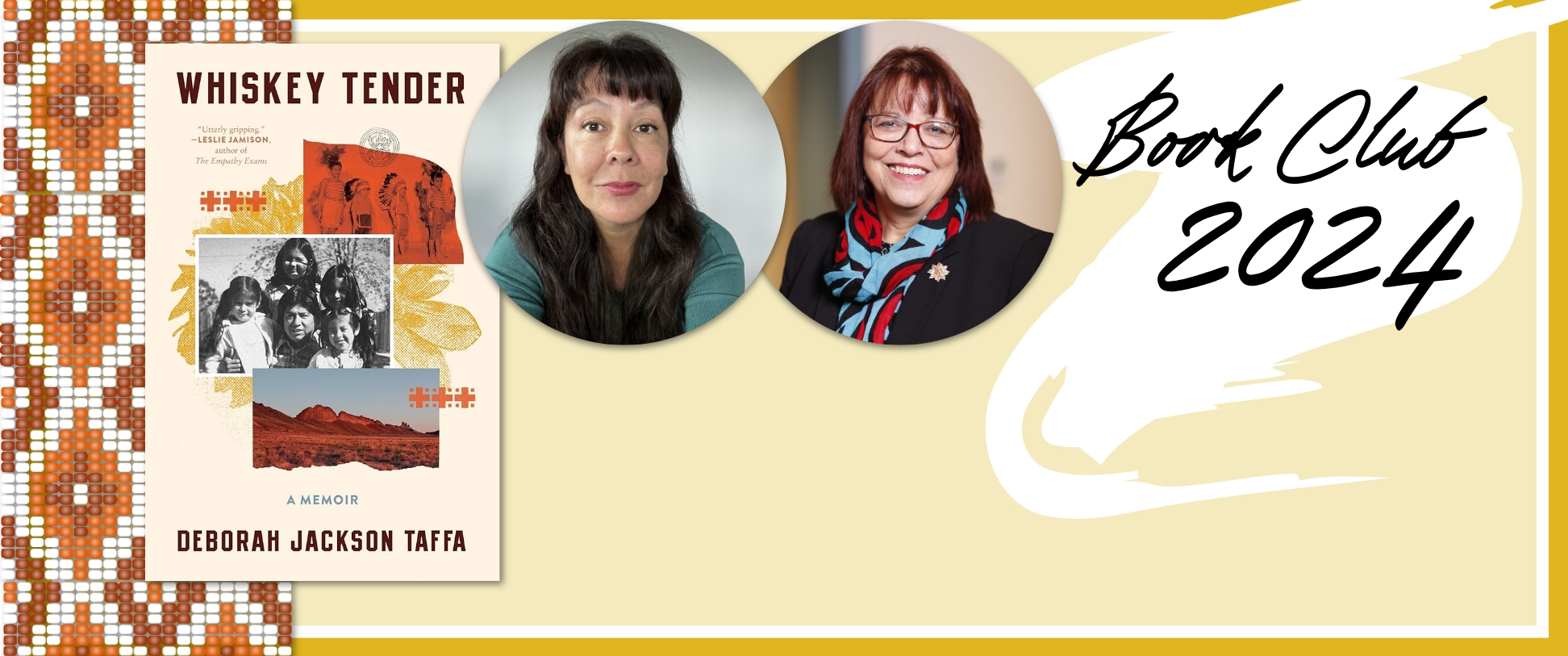
Tuesday, November 26th, Noon – 1pm MST
Deborah Jackson Taffa, author of “Whiskey Tender”, discusses her work with College Fund President Cheryl Crazy Bull as part of our Native American Heritage Month 2024 Book Club series.
Past Book Clubs
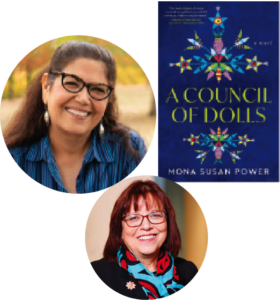 Virtual Book Club
Virtual Book Club
A Council of Dolls
by Mona Susan Power
Hosted by
American Indian College Fund
President Cheryl Crazy Bull
Tuesday, March 26 @ 12pm MST
There’s no wrong time to start learning more about Native culture and experience. Based on your reading level, here are some books we think you’ll enjoy along with some discussion guides:
Preschool/Early Education
(Turtle Mountain Band of Ojibwe Indians)
An Ojibwe girl stands up against a water pipeline to protect the water supply of her people.
(Cree and Lakota)
Centered around indigenous characters, it celebrates everyday acts of kindness and encourages children to explore how they feel when they initiate and receive kindness.
(Cree)
A picture book about the moon calendar of the northern Cree and how we are connected the seasons and nature’s cycle.
Fall in Line, Holden! By Daniel Vandever
(Navajo)
A day in the life at boarding school, Holden is expected to conform to the strict rules, but he continues to lead his life with wonder and a vivid imagination.
Middle School
High School +
EXPLORE WAYS TO CELEBRATE TOGETHER
There are many ways to immerse yourself in Native culture and appreciation. From social dances to a virtual book club with our President and CEO, Cheryl Crazy Bull, everything you need is below. We have also included resources like discussion guides and videos to create a rich and interactive experience.

